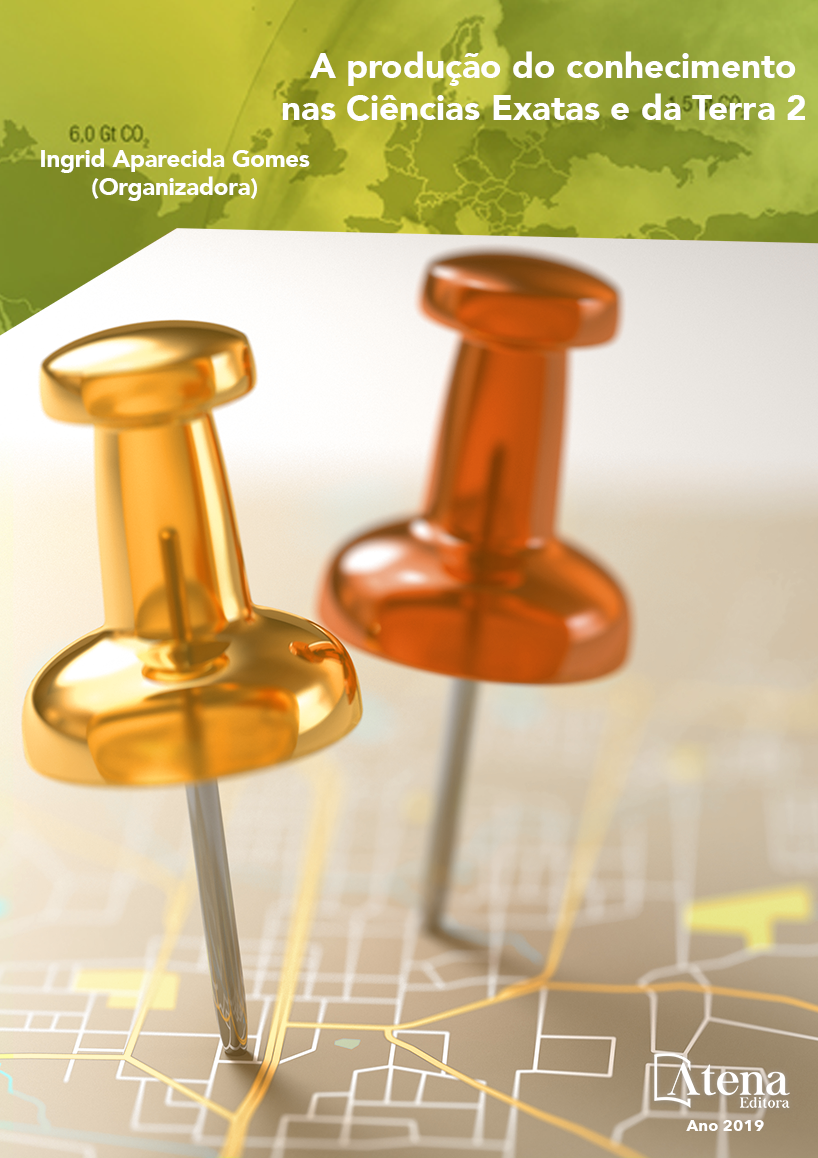
CARACTERIZAÇÃO FLORÍSTICA E FITOSSOCIOLÓGICA DE SISTEMAS AGROFLORESTAIS NA REGIÃO CENTRAL DE RONDÔNIA
Os sistemas agroflorestais
(SAF) são tidos como opção para reduzir o
desmatamento e promover o desenvolvimento
sem comprometer os recursos naturais.
Esta pesquisa teve por objetivo caracterizar
a composição florística e fitossociológica
de três SAF com aproximadamente um ha
cada, na região Central de Rondônia. Foram
inventariados todos os indivíduos com diâmetro
a altura do peito (DAP) ≥ cinco cm. Observou-se
2.319 indivíduos compreendendo 121 espécies;
destas, 113 foram identificadas e estão
distribuídas em 46 famílias botânicas. As famílias
mais representativas em números de indivíduos,
respectivamente, foram: Euphorbiaceae,
Malvaceae, Fabaceae, Bignoniaceae e
Rubiaceae. No SAF 1 as espécies que
apresentaram maior valor de cobertura relativo
(VC) foram: seringueira (Hevea brasiliensis),
cupuaçu (Theobrama grandiflorum), garapa
(Apuleia leiocarpa), caroba (Jacaranda copaia)
e castanheira (Bertholletia excelsa). No SAF 2
esses valores foram observados para: sobrasil
(Colubrina glandulosa), cupuaçu, bandarra
(Schizolobium parahyba var. amazonicum),
itaúba (Mezilaurus itauba) e teca (Tectona
grandis). No SAF 3 as espécies com maior
significância foram: seringueira e cupuaçu. A
diversidade florística (H’) e a equitabilidade (J’),
foram maiores para os SAF 1 e 2 e menores
para o SAF 3. O índice de similaridade de
Jaccard (SJ) mostra baixa semelhança na
composição florística entre os locais de estudo,
o que ressalta a importância destes sistemas
para a conservação de espécies vegetais e
animais.
CARACTERIZAÇÃO FLORÍSTICA E FITOSSOCIOLÓGICA DE SISTEMAS AGROFLORESTAIS NA REGIÃO CENTRAL DE RONDÔNIA
-
DOI: 10.22533/at.ed.3951904046
-
Palavras-chave: Amazônia, Diversidade, Manejo, Estrutura horizontal.
-
Keywords: Amazon, Diversity, Management, Horizontal structure.
-
Abstract:
Agroforestry Systems (AFS)
are considered to be an option to reconcile
agricultural production and conservation of
natural resources. Thus, it is important to understand that different arrangements in
intercropping systems may have different outcomes of agricultural production and
conservation of biodiversity. The objective of this research was to characterize the
floristic and phytosociological composition of the arboreal component and of palm
trees of three AFS in the central region of the state of Rondônia. The inventory
included all individuals whose diameter at breast height (DBH) was ≥ 5 cm. There
were 2,319 individuals comprising 121 species; 113 of them were identified, and they
are distributed into 46 botanical families. Respectively, the families with the greatest
numbers of individuals were: Euphorbiaceae, Malvaceae, Fabaceae, Bignoniaceae and
Rubiaceae. In AFS 1, the species that showed the highest relative coverage value (CV)
were: rubber tree (Hevea brasiliensis), cupuassu (Theobroma grandiflorum), garapa
(Apuleia leiocarpa), caroba (Jacaranda copaia) and Brazil nut (Bertholletia excelsa).
In AFS 2, these values were observed for: sobrasil (Colubrina glandulosa), cupuassu,
bandarra (Schizolobium parahyba var. Amazonicum), itauba (Mezilaurus itauba) and
teak (Tectona grandis). In AFS 3, the most significant species were: rubber tree and
cupuassu. Floristic diversity (H’) and evenness (J’) indexes were higher for AFS 1 and
2 and lower for AFS 3. The Jaccard similarity index (JSI) shows low similarity in floristic
composition among the study sites, which highlights the importance of these systems
for the conservation of plant and animal species.
-
Número de páginas: 15
- Emanuel Maia
- Anna Frida Hatsue Modro
- Fernando Ferreira Morais
- MIRIAN GUSMÃO DE JESUS


